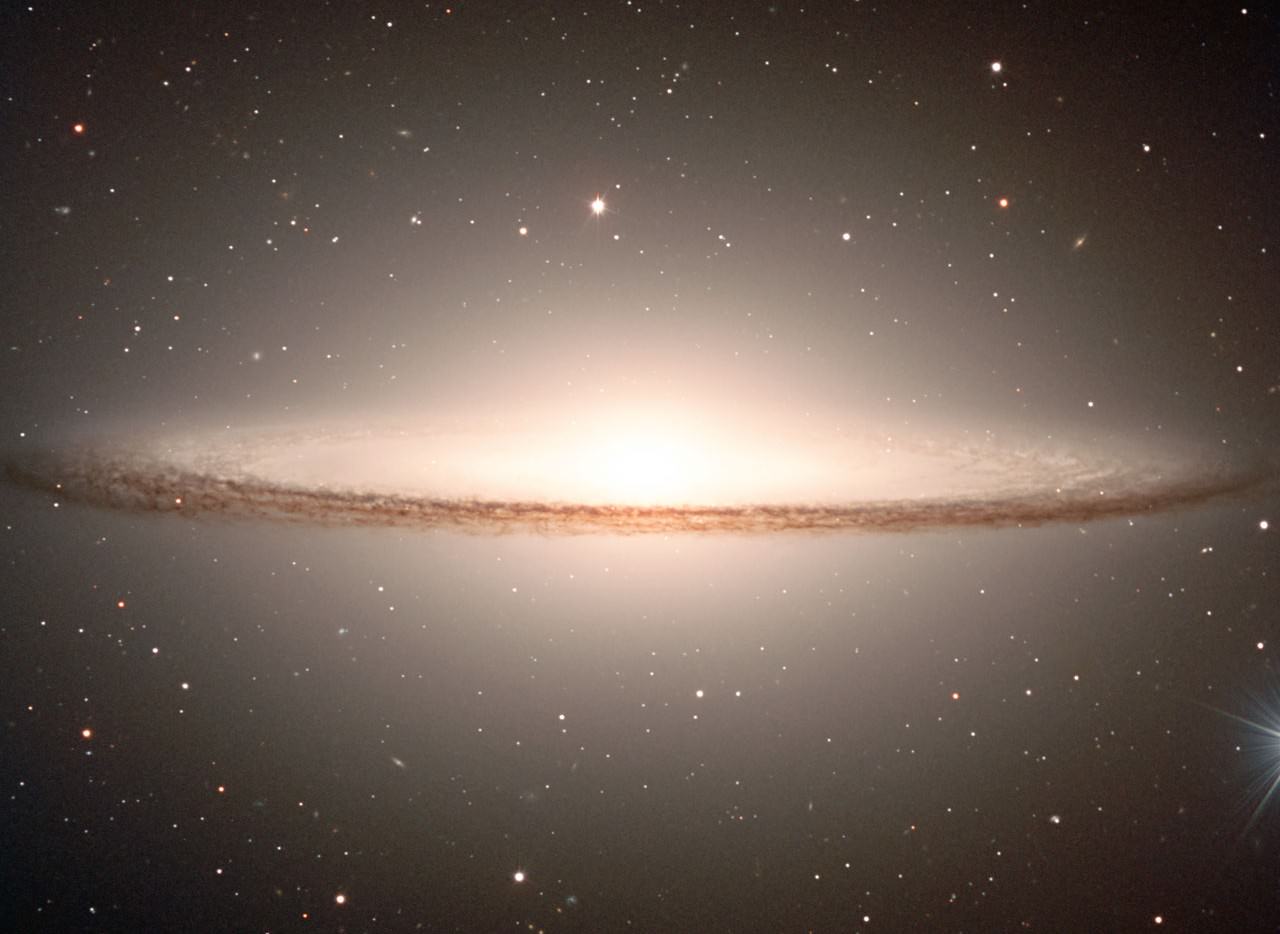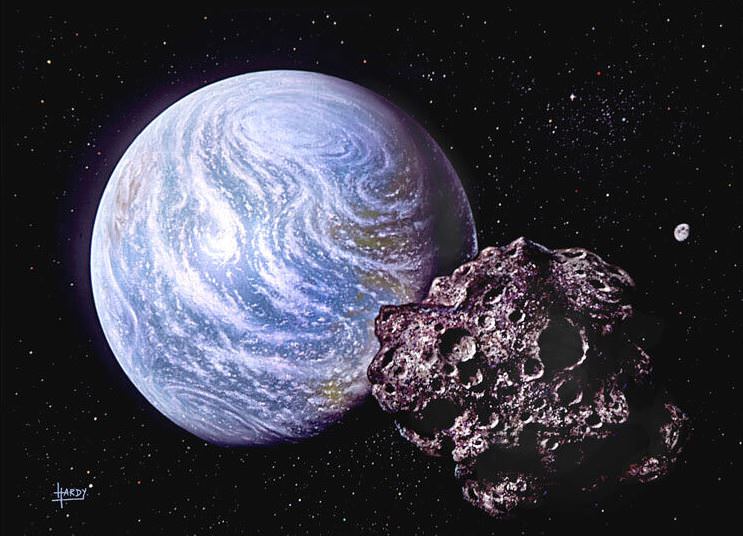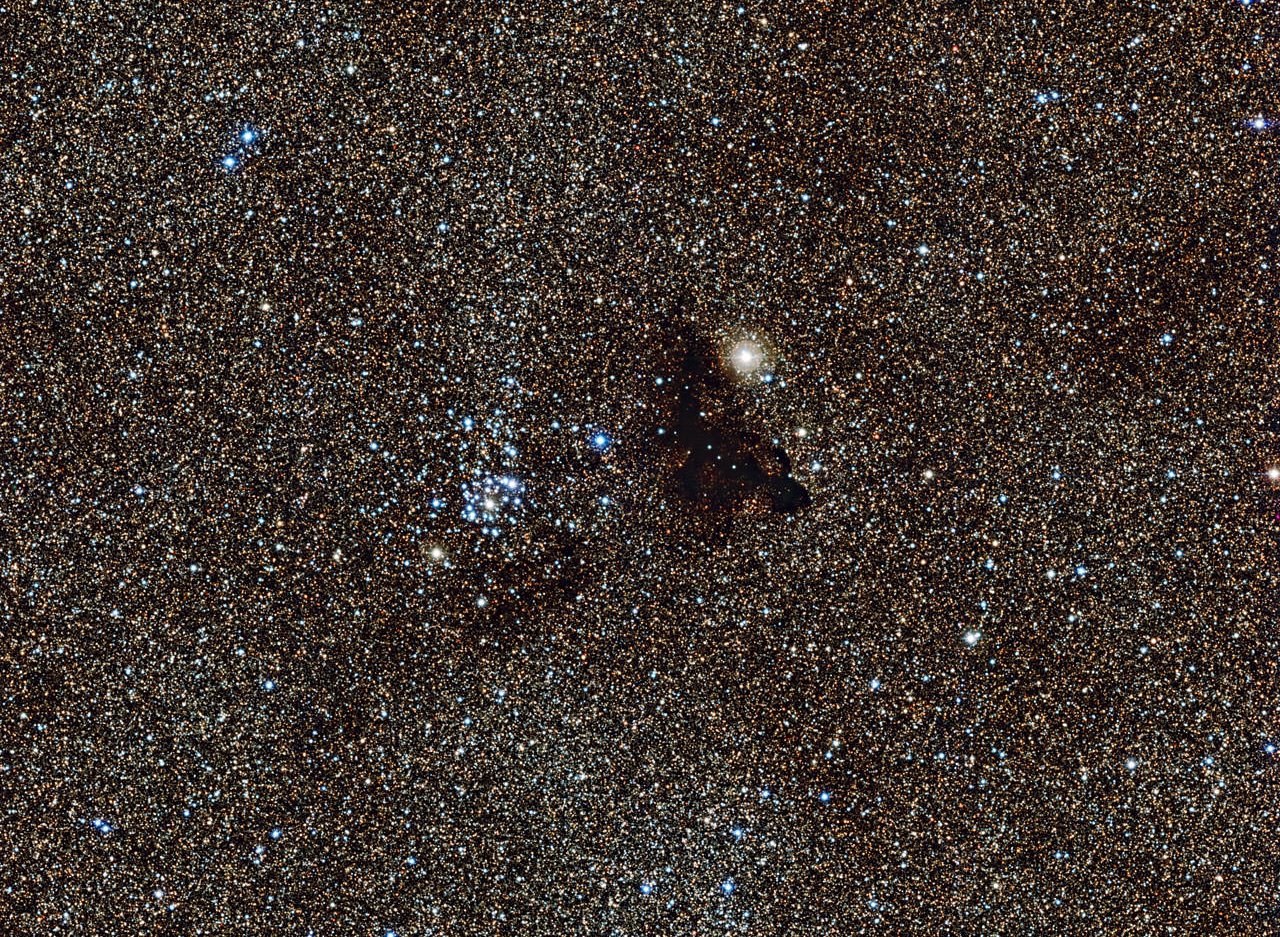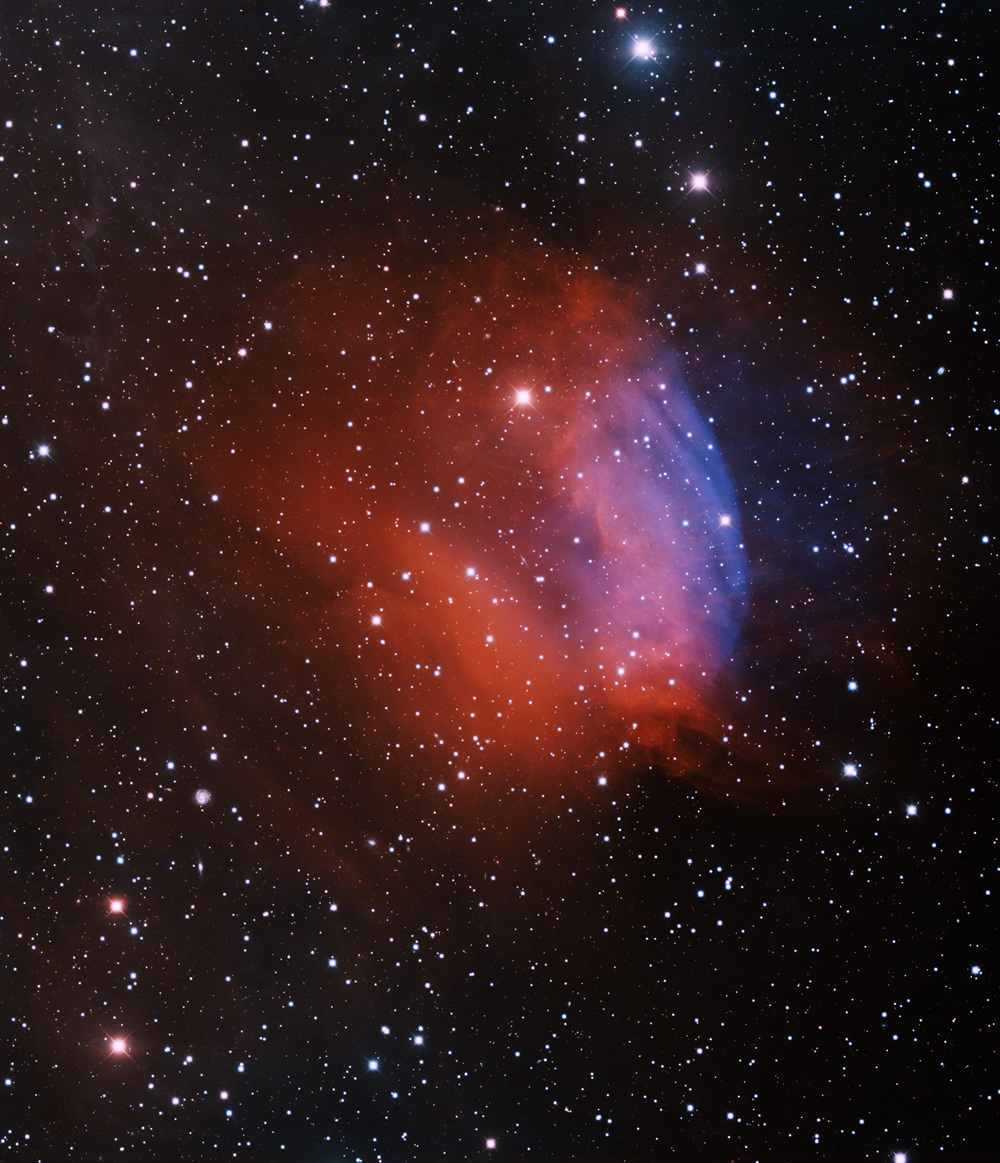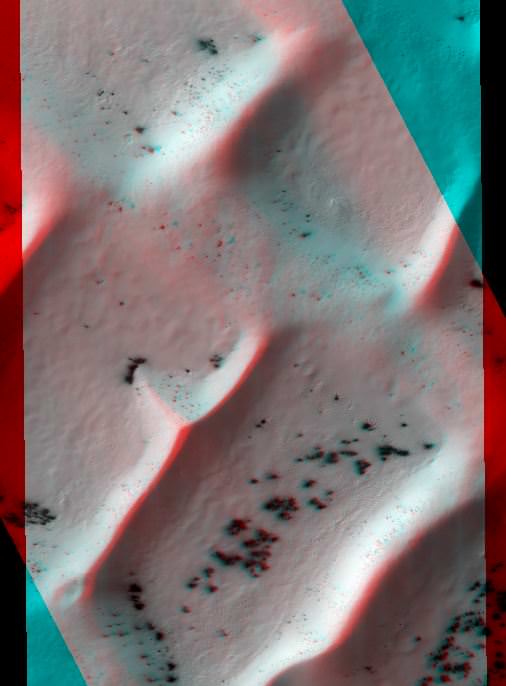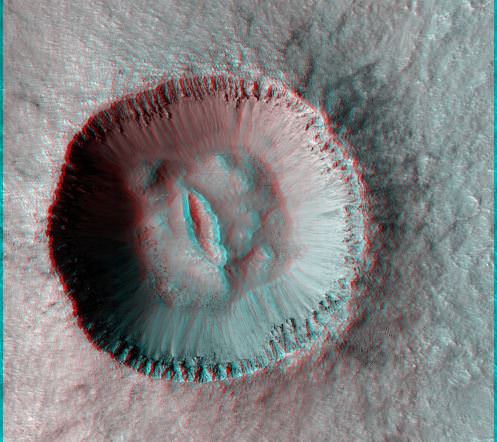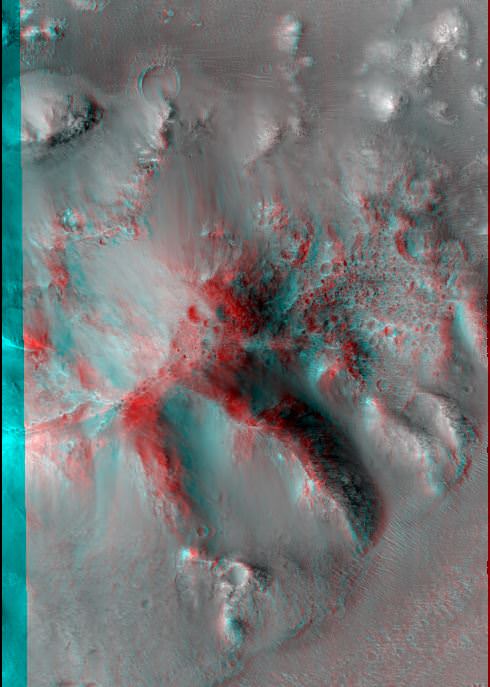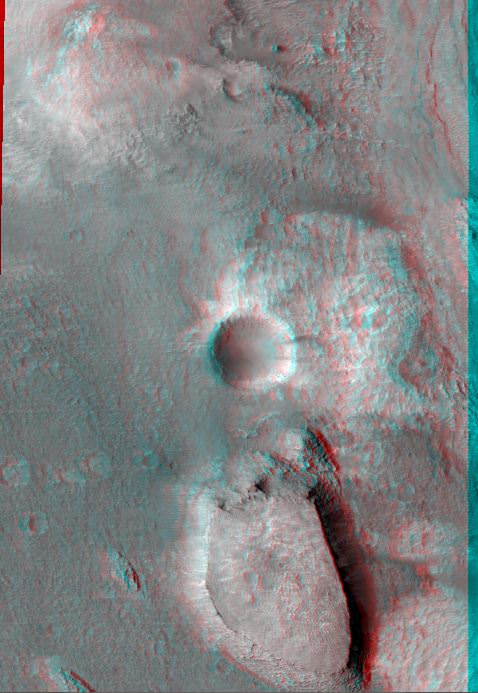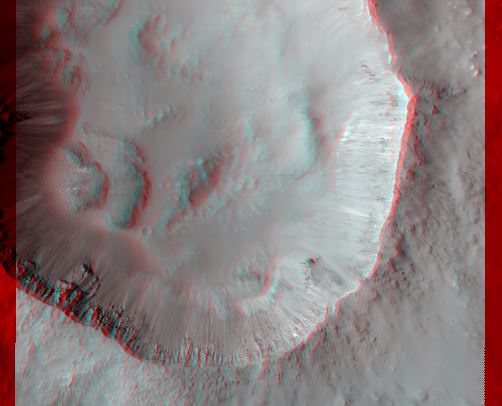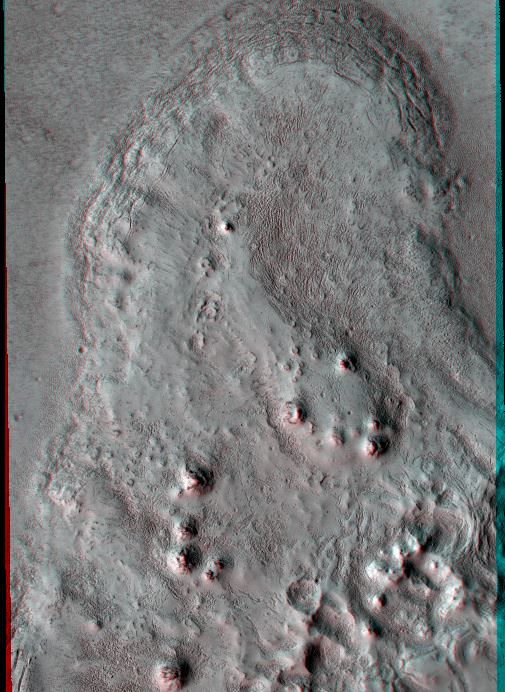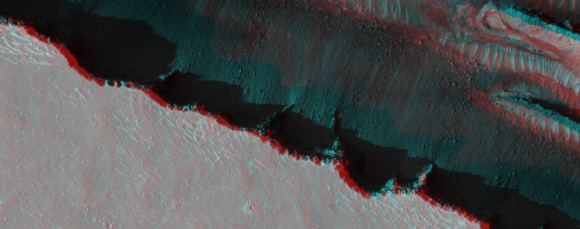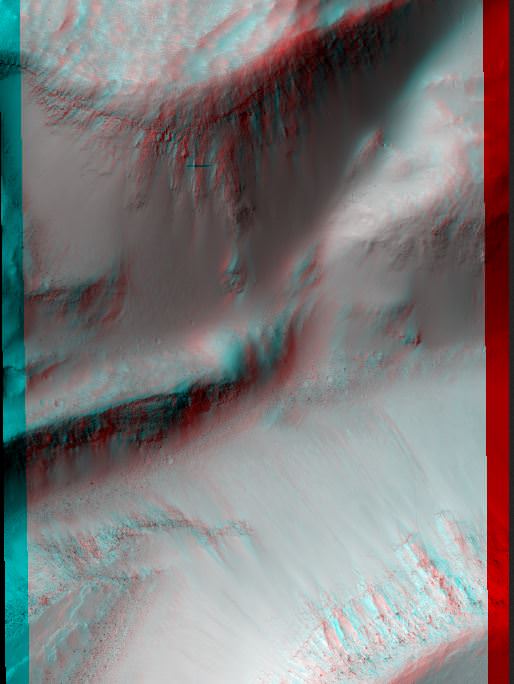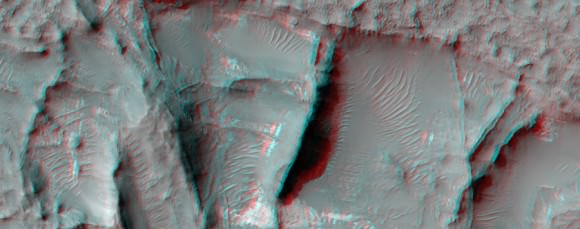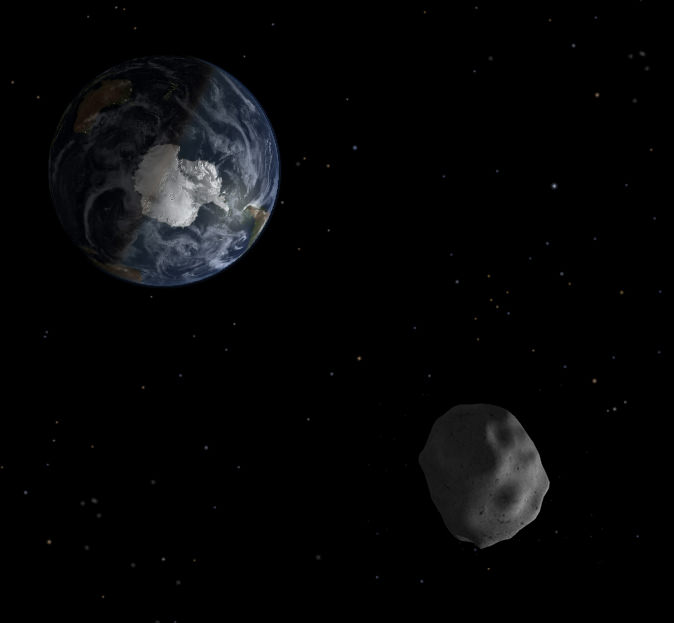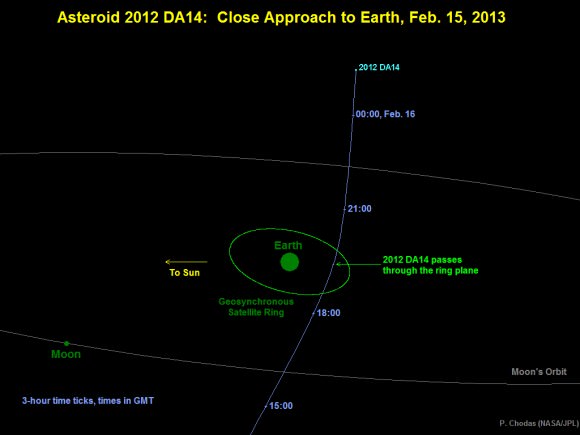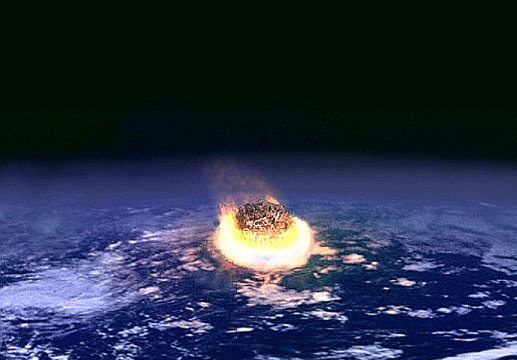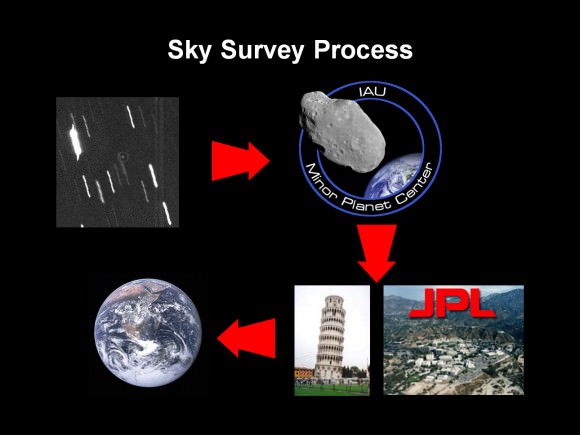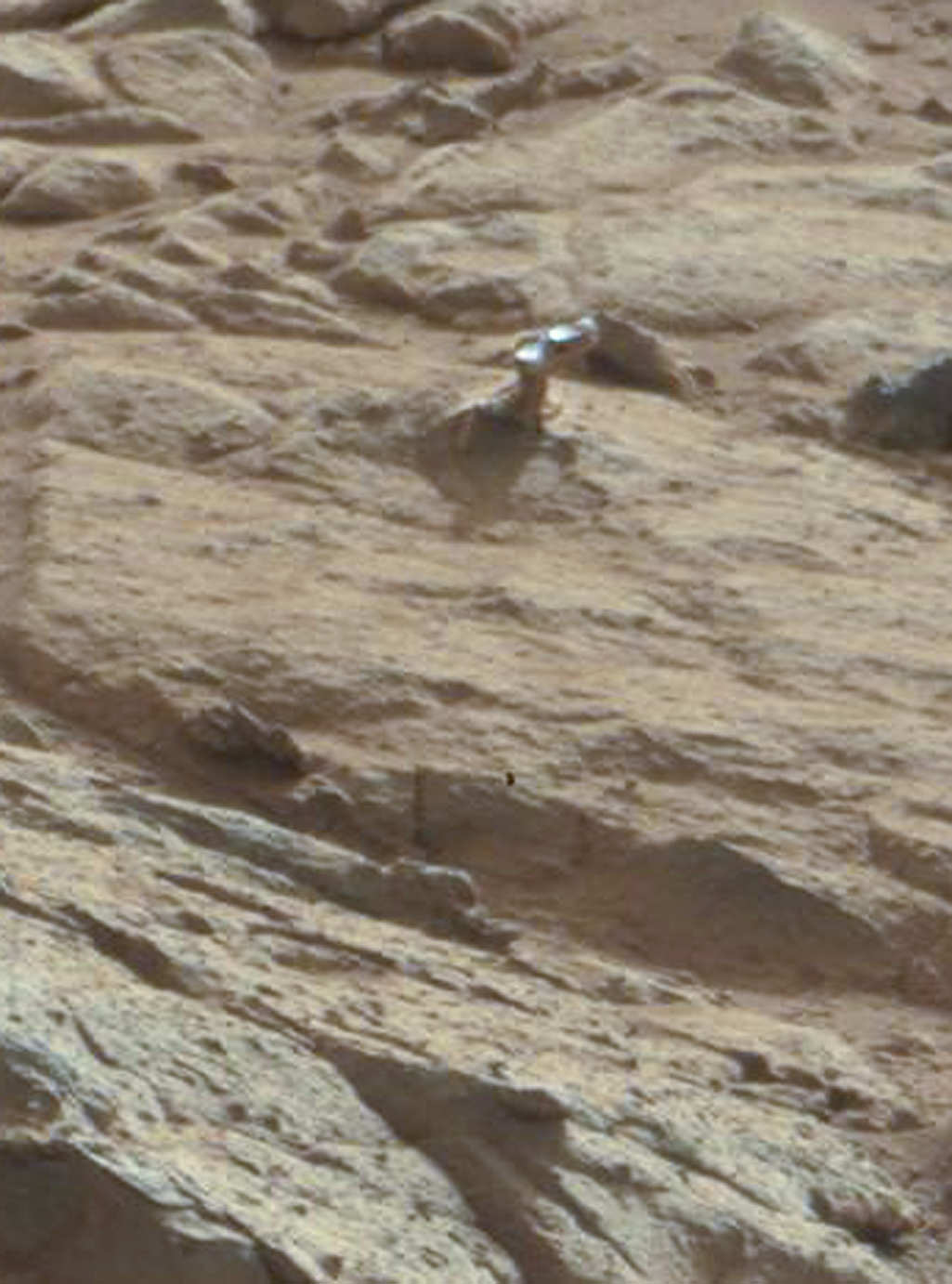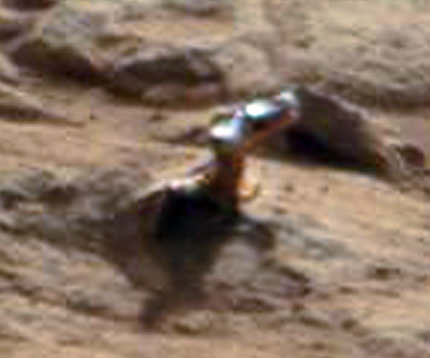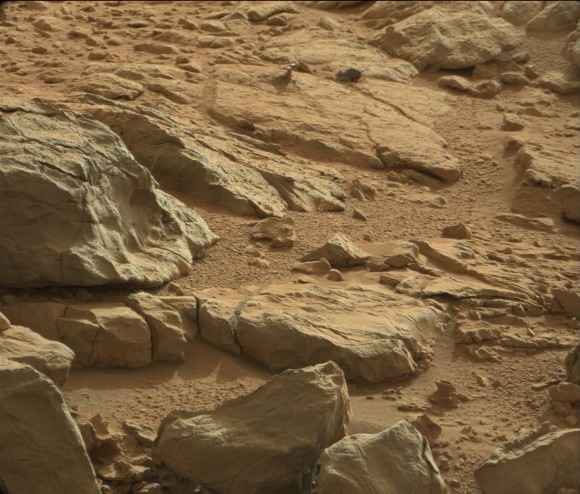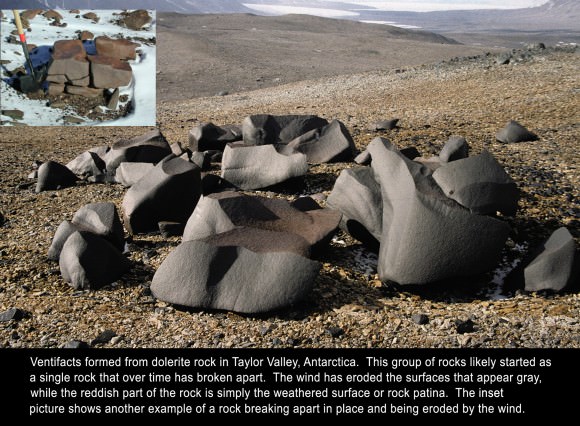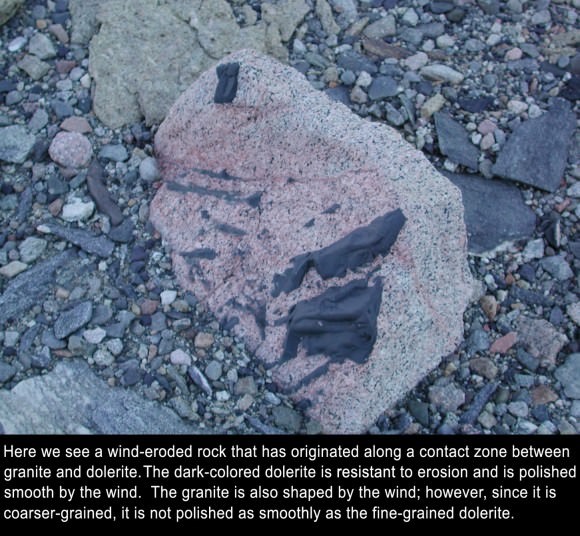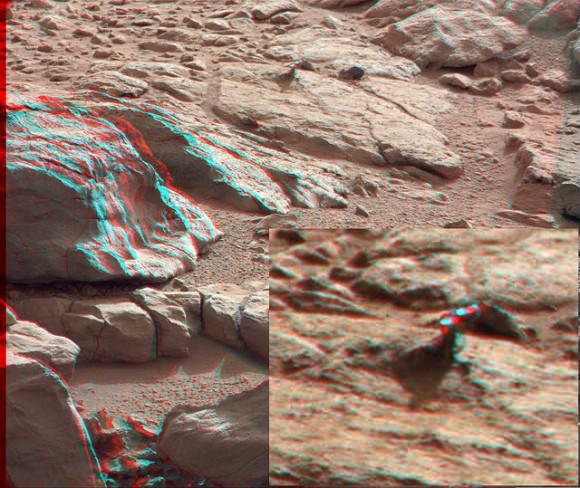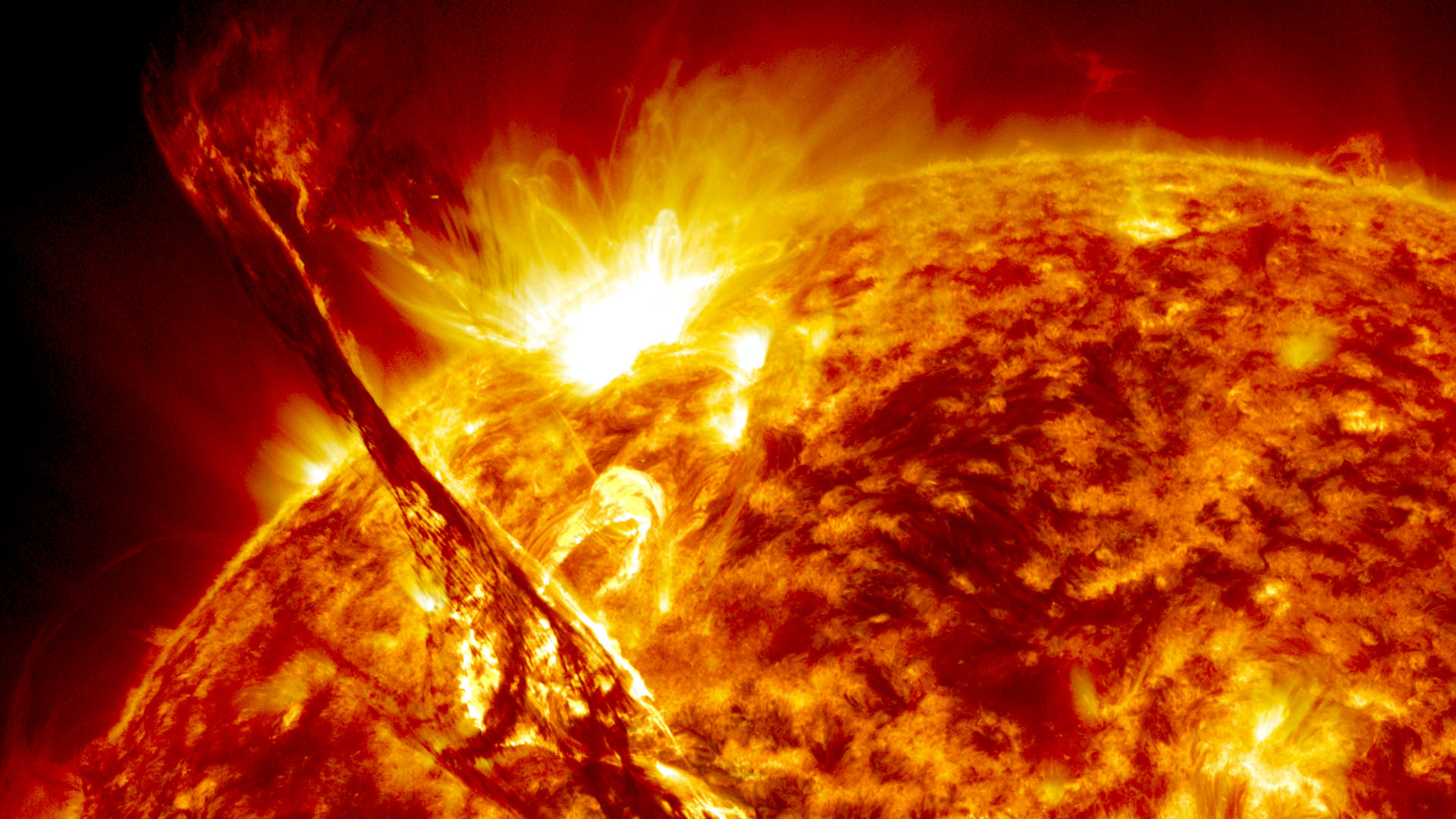In a new study led by University of Central Lancashire astronomer Dr. Victor Debattista, researchers are looking into the mystery of how black holes grow and evolve. For many years, astronomers surmised black holes took on mass when their host galaxies merged, but now new modeling techniques show that black holes in spiral galaxies are forced to take on mass.
“Recent Hubble Space Telescope (HST) observations have revealed that a majority of active galactic nuclei (AGN) are resident in isolated disk galaxies, contrary to the usual expectation that AGN are triggered by mergers.” says Debattista. “Here we develop a new test of the cosmic evolution of supermassive black holes (SMBHs) in disk galaxies by considering the local population of SMBHs. We show that substantial SMBH growth in spiral galaxies is required as disks assemble.”
Weighing in a range of one million to one billion times that of the Sun, the black holes located at the core of most galaxies would appear to be gaining at much quicker rates than expected. These are not just exceptions – more like rules. Even the Milky Way’s quiescent black hole might be gaining as much mass as the Sun every 3,000 years. Past observations have shown growth during collision events, when huge amounts of gas around the black hole become intensely hot and shine as an active galactic nucleus. This is a process which can be spotted as far back as the first formations in our Universe. However, these new simulations are giving insight into large scale growth without the need for violence.
“The X-ray-selected sample of moderate luminosity AGN consists of more than 50% disk galaxies, with ongoing mergers evident no more frequently than in nonactive galaxies.” explains the research team. “Some show that even heavily obscured quasars are hosted largely by disks, not by mergers. Studies of star-formation using Herschel find that the specific star formation rates of X-ray selected AGN hosts are no different from those of inactive galaxies, also indicating that AGN hosts are not undergoing fundamentally different behaviors”
These modeling techniques, combined with current observations done with the Hubble Space Telescope, give credence to the theory that black holes can gain significant mass even in “quiet” spiral galaxies. As a matter of fact, there is a strong possibility that AGNs present in some spiral galaxies may even outnumber galaxy mergers. To make this concept even more exciting, astronomers are anticipating an event later this year in our own galaxy – an event where a gas cloud near the Milky Way’s nucleus will encounter our own central black hole. According to predictions, our black hole may take on as much as 15 Earth masses in a period of 10 years from this cloud.
This concept of black hole growth isn’t entirely new, though. According to other research done with the Hubble Space Telescope and led by Dr. Stelios Kazantzidis of Ohio State University and Professor Frank C. van den Bosch of Yale University, they had previously pinpointed mass properties of black holes – making size predictions which utilized the speed of stars residing in the galaxies. In this instance, the team disproved previous assumptions that black holes were unable to grow while the host galaxy grew. Their comparison of spiral and elliptical galaxies “found there is no mismatch between how big their black holes are.” This means black holes would be gaining in mass – growing along at the same rate as the galaxy itself.
“These simulations show that it is no longer possible to argue that black holes in spiral galaxies do not grow efficiently. ” comments Debattista on this new research. ” Our simulations will allow us to refine our understanding of how black holes grew in different types of galaxies.”

